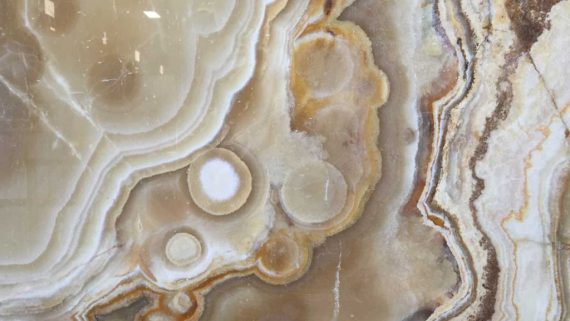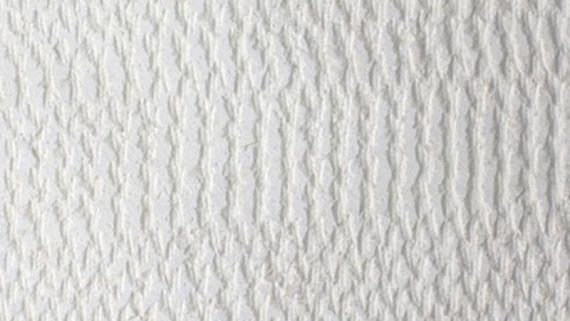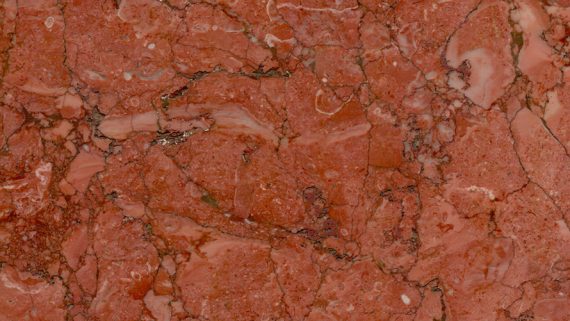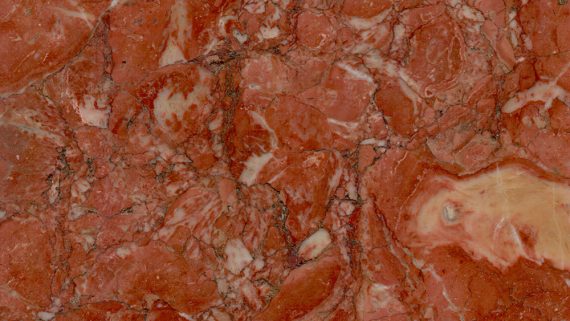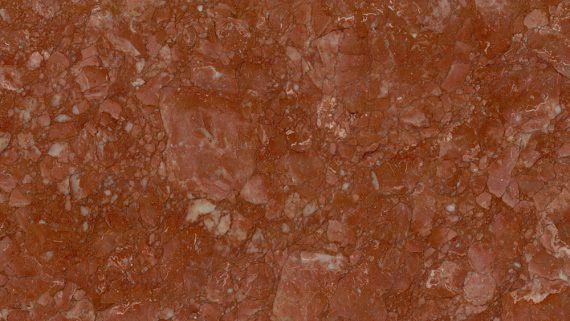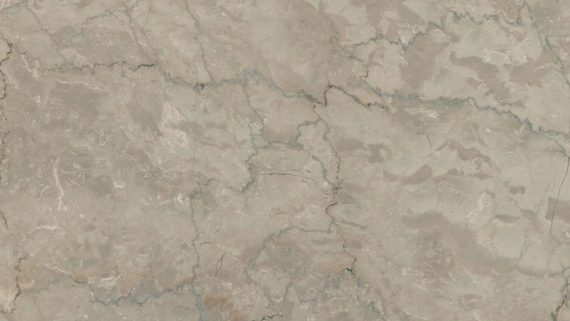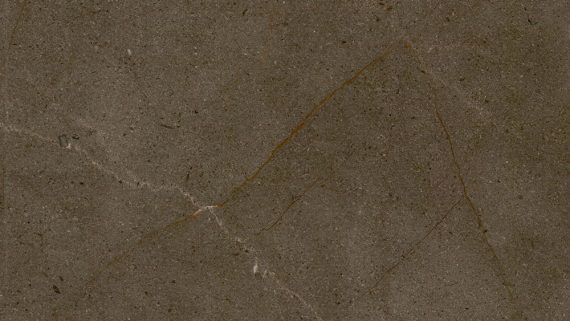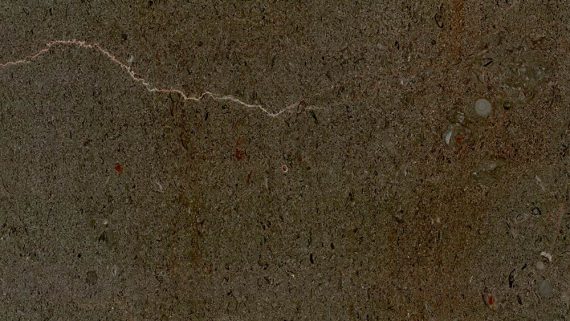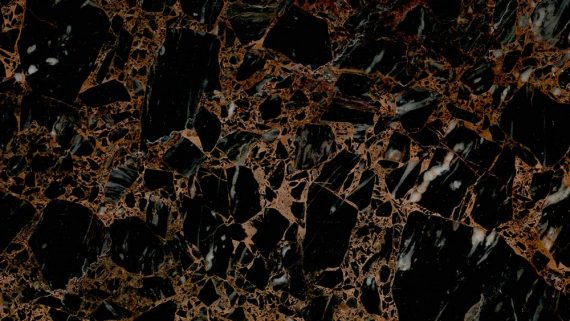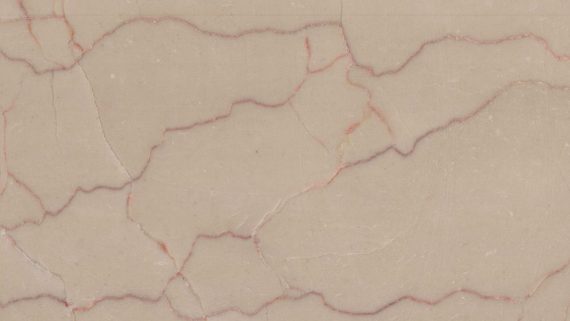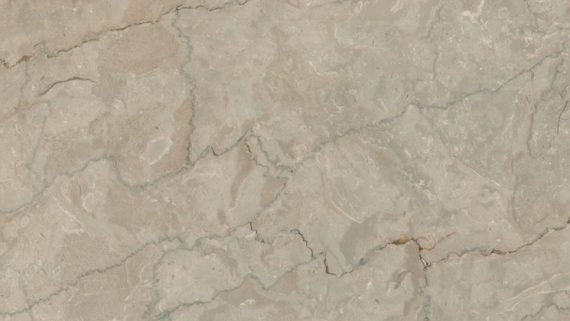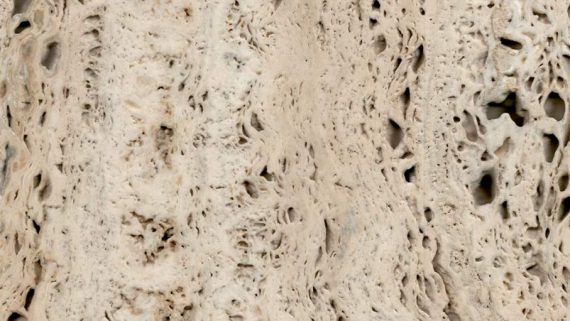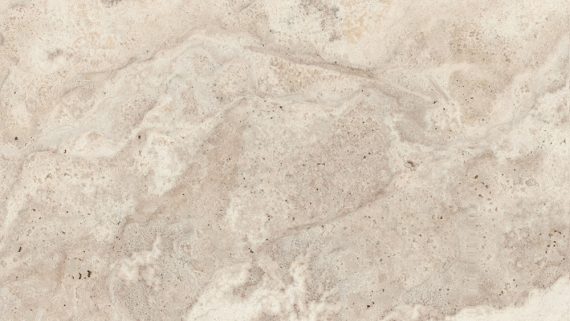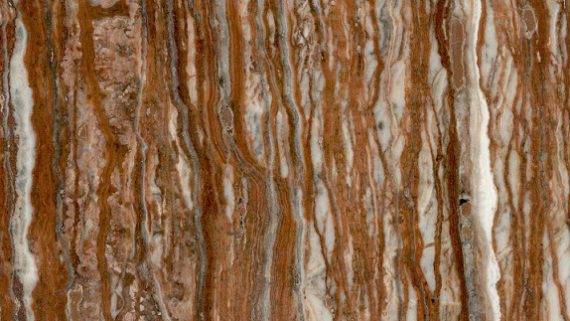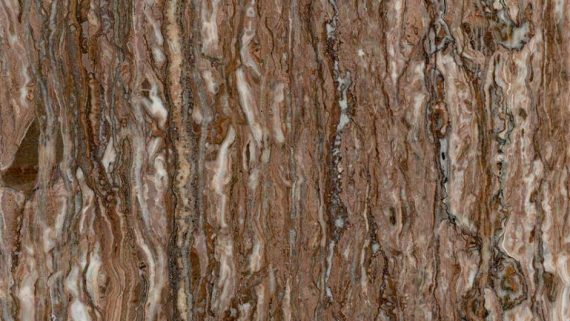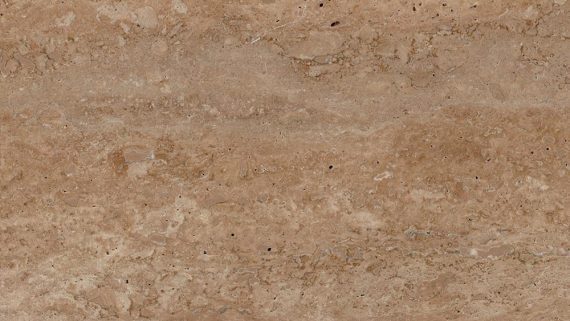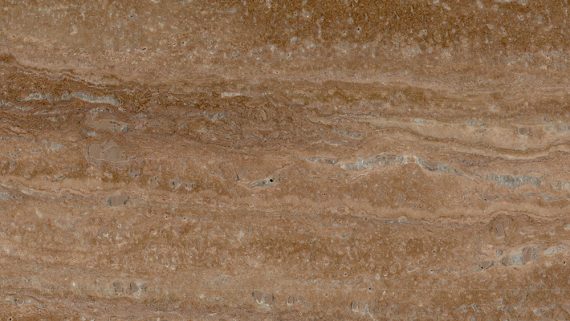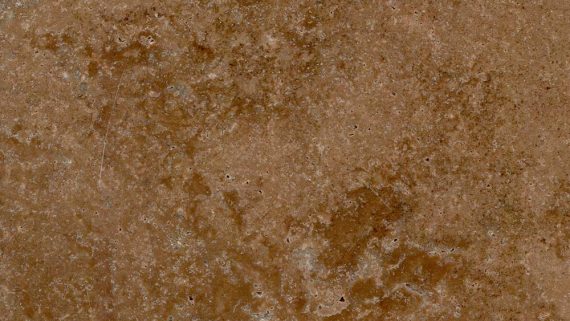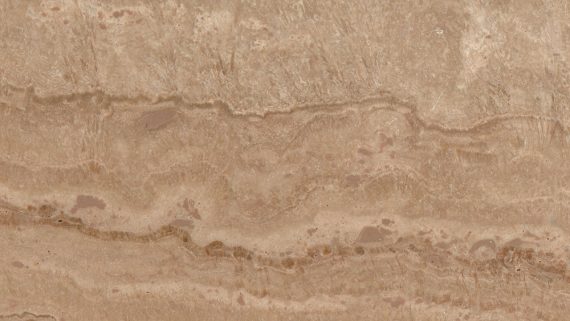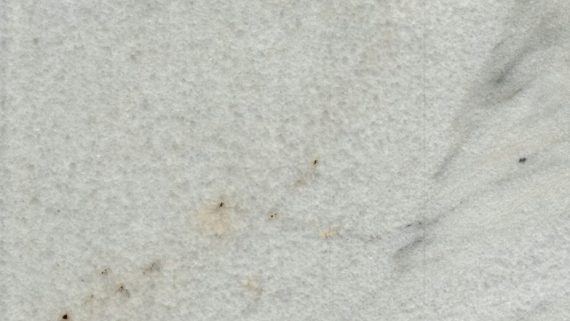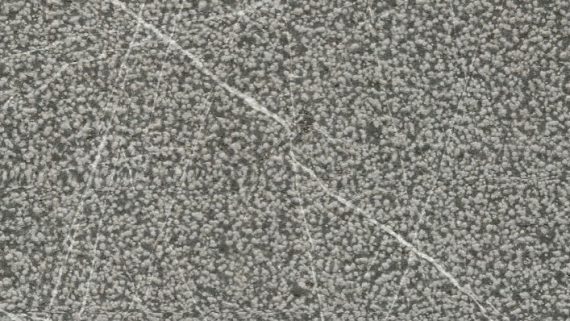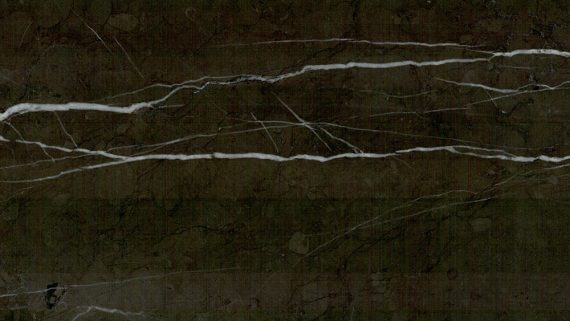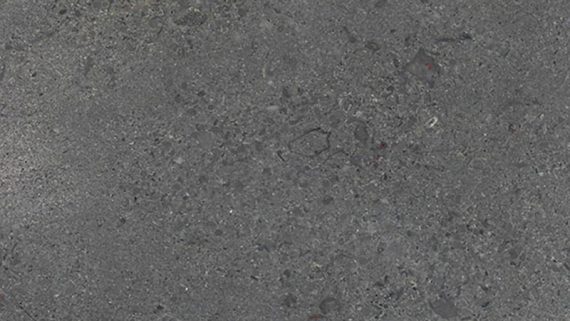Nullam vitae erat justo. Nam auctor malesuada ante. In a nisi vel dolor dignissim vehicula. Sed congue ligula lacus, ut hendrerit nisi sagittis in.
Marble is a metamorphic rock composed of recrystallized carbonate minerals, most commonly calcite or dolomite. Marble may be foliated. Geologists use the term “marble” to refer to metamorphosed limestone; however, stonemasons use the term more broadly to encompass unmetamorphosed limestone.[1] Marble is commonly used for sculpture and as a building material.

Marble is a metamorphic rock composed of recrystallized carbonate minerals, most commonly calcite or dolomite. Marble may be foliated. Geologists use the term “marble” to refer to metamorphosed limestone; however, stonemasons use the term more broadly to encompass unmetamorphosed limestone.[1] Marble is commonly used for sculpture and as a building material.

Marble is a metamorphic rock composed of recrystallized carbonate minerals, most commonly calcite or dolomite. Marble may be foliated. Geologists use the term “marble” to refer to metamorphosed limestone; however, stonemasons use the term more broadly to encompass unmetamorphosed limestone.[1] Marble is commonly used for sculpture and as a building material.

Marble is a metamorphic rock composed of recrystallized carbonate minerals, most commonly calcite or dolomite. Marble may be foliated. Geologists use the term “marble” to refer to metamorphosed limestone; however, stonemasons use the term more broadly to encompass unmetamorphosed limestone.[1] Marble is commonly used for sculpture and as a building material.

Marble is a metamorphic rock composed of recrystallized carbonate minerals, most commonly calcite or dolomite. Marble may be foliated. Geologists use the term “marble” to refer to metamorphosed limestone; however, stonemasons use the term more broadly to encompass unmetamorphosed limestone.[1] Marble is commonly used for sculpture and as a building material.

Marble is a metamorphic rock composed of recrystallized carbonate minerals, most commonly calcite or dolomite. Marble may be foliated. Geologists use the term “marble” to refer to metamorphosed limestone; however, stonemasons use the term more broadly to encompass unmetamorphosed limestone.[1] Marble is commonly used for sculpture and as a building material.

Marble is a metamorphic rock composed of recrystallized carbonate minerals, most commonly calcite or dolomite. Marble may be foliated. Geologists use the term “marble” to refer to metamorphosed limestone; however, stonemasons use the term more broadly to encompass unmetamorphosed limestone.[1] Marble is commonly used for sculpture and as a building material.

Marble is a metamorphic rock composed of recrystallized carbonate minerals, most commonly calcite or dolomite. Marble may be foliated. Geologists use the term “marble” to refer to metamorphosed limestone; however, stonemasons use the term more broadly to encompass unmetamorphosed limestone.[1] Marble is commonly used for sculpture and as a building material.

Marble is a metamorphic rock composed of recrystallized carbonate minerals, most commonly calcite or dolomite. Marble may be foliated. Geologists use the term “marble” to refer to metamorphosed limestone; however, stonemasons use the term more broadly to encompass unmetamorphosed limestone.[1] Marble is commonly used for sculpture and as a building material.

Marble is a metamorphic rock composed of recrystallized carbonate minerals, most commonly calcite or dolomite. Marble may be foliated. Geologists use the term “marble” to refer to metamorphosed limestone; however, stonemasons use the term more broadly to encompass unmetamorphosed limestone.[1] Marble is commonly used for sculpture and as a building material.

Marble is a metamorphic rock composed of recrystallized carbonate minerals, most commonly calcite or dolomite. Marble may be foliated. Geologists use the term “marble” to refer to metamorphosed limestone; however, stonemasons use the term more broadly to encompass unmetamorphosed limestone.[1] Marble is commonly used for sculpture and as a building material.

Travertine is a form of limestone deposited by mineral springs, especially hot springs. Travertine often has a fibrous or concentric appearance and exists in white, tan, cream-colored, and even rusty varieties. It is formed by a process of rapid precipitation of calcium carbonate, often at the mouth of a hot spring or in a limestone cave. In the latter, it can form stalactites, stalagmites, and other speleothems. It is frequently used in Italy and elsewhere as a building material.

Travertine is a form of limestone deposited by mineral springs, especially hot springs. Travertine often has a fibrous or concentric appearance and exists in white, tan, cream-colored, and even rusty varieties. It is formed by a process of rapid precipitation of calcium carbonate, often at the mouth of a hot spring or in a limestone cave. In the latter, it can form stalactites, stalagmites, and other speleothems. It is frequently used in Italy and elsewhere as a building material.

Travertine is a form of limestone deposited by mineral springs, especially hot springs. Travertine often has a fibrous or concentric appearance and exists in white, tan, cream-colored, and even rusty varieties. It is formed by a process of rapid precipitation of calcium carbonate, often at the mouth of a hot spring or in a limestone cave. In the latter, it can form stalactites, stalagmites, and other speleothems. It is frequently used in Italy and elsewhere as a building material.

Travertine is a form of limestone deposited by mineral springs, especially hot springs. Travertine often has a fibrous or concentric appearance and exists in white, tan, cream-colored, and even rusty varieties. It is formed by a process of rapid precipitation of calcium carbonate, often at the mouth of a hot spring or in a limestone cave. In the latter, it can form stalactites, stalagmites, and other speleothems. It is frequently used in Italy and elsewhere as a building material.

Travertine is a form of limestone deposited by mineral springs, especially hot springs. Travertine often has a fibrous or concentric appearance and exists in white, tan, cream-colored, and even rusty varieties. It is formed by a process of rapid precipitation of calcium carbonate, often at the mouth of a hot spring or in a limestone cave. In the latter, it can form stalactites, stalagmites, and other speleothems. It is frequently used in Italy and elsewhere as a building material.

Travertine is a form of limestone deposited by mineral springs, especially hot springs. Travertine often has a fibrous or concentric appearance and exists in white, tan, cream-colored, and even rusty varieties. It is formed by a process of rapid precipitation of calcium carbonate, often at the mouth of a hot spring or in a limestone cave. In the latter, it can form stalactites, stalagmites, and other speleothems. It is frequently used in Italy and elsewhere as a building material.

Travertine is a form of limestone deposited by mineral springs, especially hot springs. Travertine often has a fibrous or concentric appearance and exists in white, tan, cream-colored, and even rusty varieties. It is formed by a process of rapid precipitation of calcium carbonate, often at the mouth of a hot spring or in a limestone cave. In the latter, it can form stalactites, stalagmites, and other speleothems. It is frequently used in Italy and elsewhere as a building material.

Travertine is a form of limestone deposited by mineral springs, especially hot springs. Travertine often has a fibrous or concentric appearance and exists in white, tan, cream-colored, and even rusty varieties. It is formed by a process of rapid precipitation of calcium carbonate, often at the mouth of a hot spring or in a limestone cave. In the latter, it can form stalactites, stalagmites, and other speleothems. It is frequently used in Italy and elsewhere as a building material.

Travertine is a form of limestone deposited by mineral springs, especially hot springs. Travertine often has a fibrous or concentric appearance and exists in white, tan, cream-colored, and even rusty varieties. It is formed by a process of rapid precipitation of calcium carbonate, often at the mouth of a hot spring or in a limestone cave. In the latter, it can form stalactites, stalagmites, and other speleothems. It is frequently used in Italy and elsewhere as a building material.

Marble is a metamorphic rock composed of recrystallized carbonate minerals, most commonly calcite or dolomite. Marble may be foliated. Geologists use the term “marble” to refer to metamorphosed limestone; however, stonemasons use the term more broadly to encompass unmetamorphosed limestone.[1] Marble is commonly used for sculpture and as a building material.

Granite is a common type of felsic intrusive igneous rock that is granular and phaneritic in texture. Granites can be predominantly white, pink, or gray in color, depending on their mineralogy. The word “granite” comes from the Latin granum, a grain, in reference to the coarse-grained structure of such a holocrystalline rock. Strictly speaking, granite is an igneous rock with between 20% and 60% quartz by volume, and at least 35% of the total feldspar consisting of alkali feldspar, although commonly the term “granite” is used to refer to a wider range of coarse grained igneous rocks containing quartz and feldspar.

Marble is a metamorphic rock composed of recrystallized carbonate minerals, most commonly calcite or dolomite. Marble may be foliated. Geologists use the term “marble” to refer to metamorphosed limestone; however, stonemasons use the term more broadly to encompass unmetamorphosed limestone.[1] Marble is commonly used for sculpture and as a building material.


